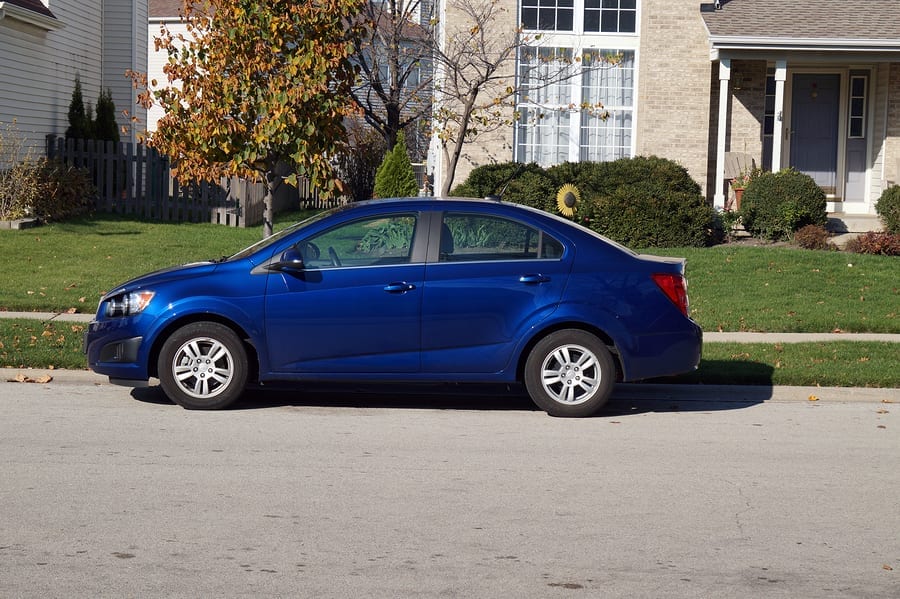Now that so many of us are working from home, our daily commutes have been altered drastically.
Once we may have been driving over an hour or more to and from work everyday, where now we only stop by the grocery store every week or so. Auto insurance is designed to reflect your current circumstances and cover you from the risks you face on your everyday commute. Well, that commute may not look the same as it once did.
Auto insurance is still an essential financial protection as it covers us from exposures we may be at risk of while operating our vehicles – whether that’s to work or to the store. While you shouldn’t fall back to the bare minimum, you should inform your broker so that you can make some arrangements and save some overall costs.
Is it possible to reduce my existing coverage?
If you’ve gone from driving your vehicle over fifteen kilometers to work a day and back to visiting the grocery store every couple of days, you should inform your insurance provider. You may be able to cut back on your insurance to cover your current circumstances only. While it is generally not advised that you go so far as only having the bare minimum when it comes to auto insurance coverage, you can cut the necessary corners to see some significant savings.
Remember that more than just your commute factors into how much you will end up paying for your auto insurance. A range of variables may be taken into account by your provider: your age and gender, your driving history, the vehicle you drive (materials, year, model), and even the area that you live. For instance, car insurance in Brampton may come with higher rates than if you lived in Alberta because Ontario tends to see higher distracted driving incidents than other provinces and there are more costly claims due to this.
Different uses of your vehicle may require different coverages as insurance companies weigh the risks of these purposes differently. You may want to assess what you use your vehicle for and tailor your coverage accordingly.
Commute usage
If you are someone who gets in your car everyday, drives it to a certain location, and keeps it parked there for the majority of the day, you use your car for commuting. Typically, commute usage is associated with more mileage than your typical pleasure vehicle. This usage may see higher rates than pleasure vehicles as the cars are on the road for longer and may be operated during peak accident times, like rush hour and early morning.
Pleasure usage
Even if your car is used on a daily basis but not to “go anywhere” in particular (like school or work), then this vehicle may be classed as a pleasure-use car. Your insurer can class this vehicle accordingly and you may see lower rates than if you used your vehicle for commuting.
Business usage
Sometimes commute usage and business usage get mixed up. If you drive clients to work sites or drive from client to client, you may be able to get by with a personal policy. However, if you drive around clients (e.g: you work for a ride-sharing or taxi service and the driving is the work), haul goods, if your vehicle is owned by a company or only operated by employees, or if your vehicle has any business equipment attached, then your vehicle is used for business purposes and should be insured as such.
If this is the case for you, you may need to look into acquiring a commercial vehicle policy. In some cases, your company or employer may offer coverage for commercial vehicles.
Final thoughts
It’s always important to talk to your broker before making any changes if you are now working from home as it may impact your insurance one way or another. Having an honest and open relationship with your provider may help you to save hundreds of dollars down the road!

